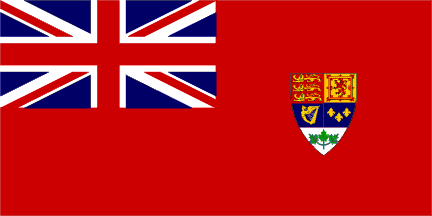At Catallaxy Files, Jeffrey Tucker identifies two very different kinds of libertarian:
Why should we favor human liberty over a social order ruled by power? In providing the answer, I would suggest that libertarians can generally be divided into two camps: humanitarians and brutalists.
The humanitarians are drawn to reasons such as the following. Liberty allows peaceful human cooperation. It inspires the creative service of others. It keeps violence at bay. It allows for capital formation and prosperity. It protects human rights of all against invasion. It allows human associations of all sorts to flourish on their own terms. It socializes people with rewards toward getting along rather than tearing each other apart, and leads to a world in which people are valued as ends in themselves rather than fodder in the central plan.
We know all of this from history and experience. These are all great reasons to love liberty.
But they are not the only reasons that people support liberty. There is a segment of the population of self-described libertarians — described here as brutalists — who find all the above rather boring, broad, and excessively humanitarian. To them, what’s impressive about liberty is that it allows people to assert their individual preferences, to form homogeneous tribes, to work out their biases in action, to ostracize people based on “politically incorrect” standards, to hate to their heart’s content so long as no violence is used as a means, to shout down people based on their demographics or political opinions, to be openly racist and sexist, to exclude and isolate and be generally malcontented with modernity, and to reject civil standards of values and etiquette in favor of antisocial norms.
These two impulses are radically different. The first values the social peace that emerges from freedom, while the second values the freedom to reject cooperation in favor of gut-level prejudice. The first wants to reduce the role of power and privilege in the world, while the second wants the freedom to assert power and privilege within the strict confines of private property rights and the freedom to disassociate.
To be sure, liberty does allow both the humanitarian and the brutalist perspective, as implausible as that might seem. Liberty is large and expansive and asserts no particular social end as the one and only way. Within the framework of liberty, there is the freedom to love and to hate. At the same time, they constitute very different ways of looking at the world — one liberal in the classical sense and one illiberal in every sense — and it is good to consider that before you, as a libertarian, find yourself allied with people who are missing the main point of the liberal idea.
In my experience, most of the people who espouse these “brutalist” notions are not people who have ever identified as libertarians.




